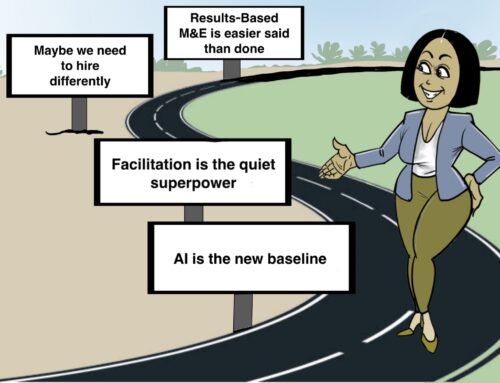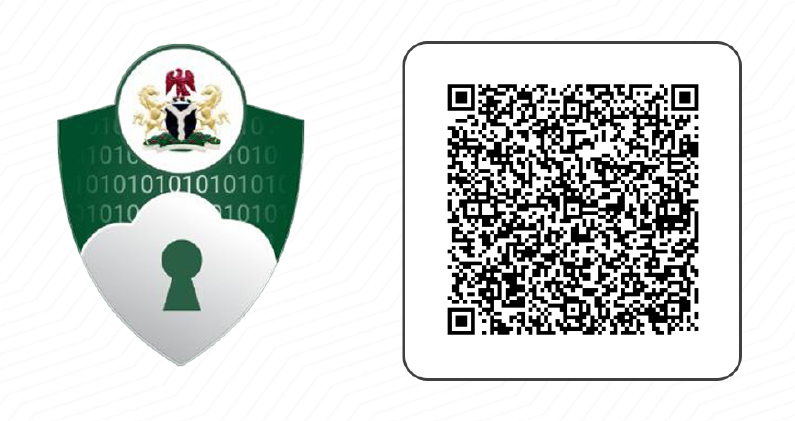When constructing your questionnaire, you aim to assemble statistically helpful information about a topic. When your questionnaire is properly constructed and responsibly administered, it can give you valuable data about a given subject.
You may be planning to draft out open or closed questions to collect data, so, given all these, it is pertinent to pay attention to these key components when constructing your questionnaire.
- Define your question well. The evaluation question and what it means must be thoroughly defined to develop a questionnaire. We considered this issue in discussing the selection of existing instruments and their relevance to your evaluation. These same points must be made in discussing the development of a questionnaire.
- Know your potential respondents. First, you need to know your respondents and their frame of reference. Where are they coming from? How are they likely to react to the question? Be sensitive to their feelings and how they might react to a question or be offended by it.
- The question should have a clear meaning. Ambiguous questions will yield meaningless data. Double negatives are confusing; avoid them. One serious mistake that many questionnaire developers make is inadvertent, including more than one issue in a question. For example, “Did you like the teachers and counsellors in the program?” Does a “yes” response mean respondents liked both? Does a “no” response mean that the respondent liked neither? What is the answer if you liked the teacher and hated the counsellor?
Ambiguous questions will yield meaningless data. Double negatives are confusing; avoid them. One serious mistake that many questionnaire developers make is inadvertent, including more than one issue in a question.
4. The writing style and presentation format are important. Don’t get too academic. Is the wording simple enough to be understandable, or are there too many technical words? The writing style should be conversational. Furthermore, the way questions are formatted on the paper should be appealing and not confusing. Don’t cram questions on the page. Doing so creates a format that looks confusing or threatening. Leave white space on the page.
5. Your question sequence is very important. Generally, think of questions as proceeding from more general to more specific, from most factual to most attitudinal and opinion related. Demographic and personal data are more sensitive; place these questions at the end of the questionnaire.
Lastly, For questionnaires to be reliable, they must be administered in a comparable way to all respondents. Clear, detailed instructions for administration are a part of the questionnaire — an important part.
Useful video: https://youtu.be/vpqzfPEVjyg






This is informative and educative. Thanks.
This real helps a lot, it’s simple and concisely explained.
This is wonderful content, simple and straightforward. Great points in the simplest tone. Thank you for this.
Thank you. This is very informative.
Educative. thank you
Thank you, it highlights the way we able to design questionnaires